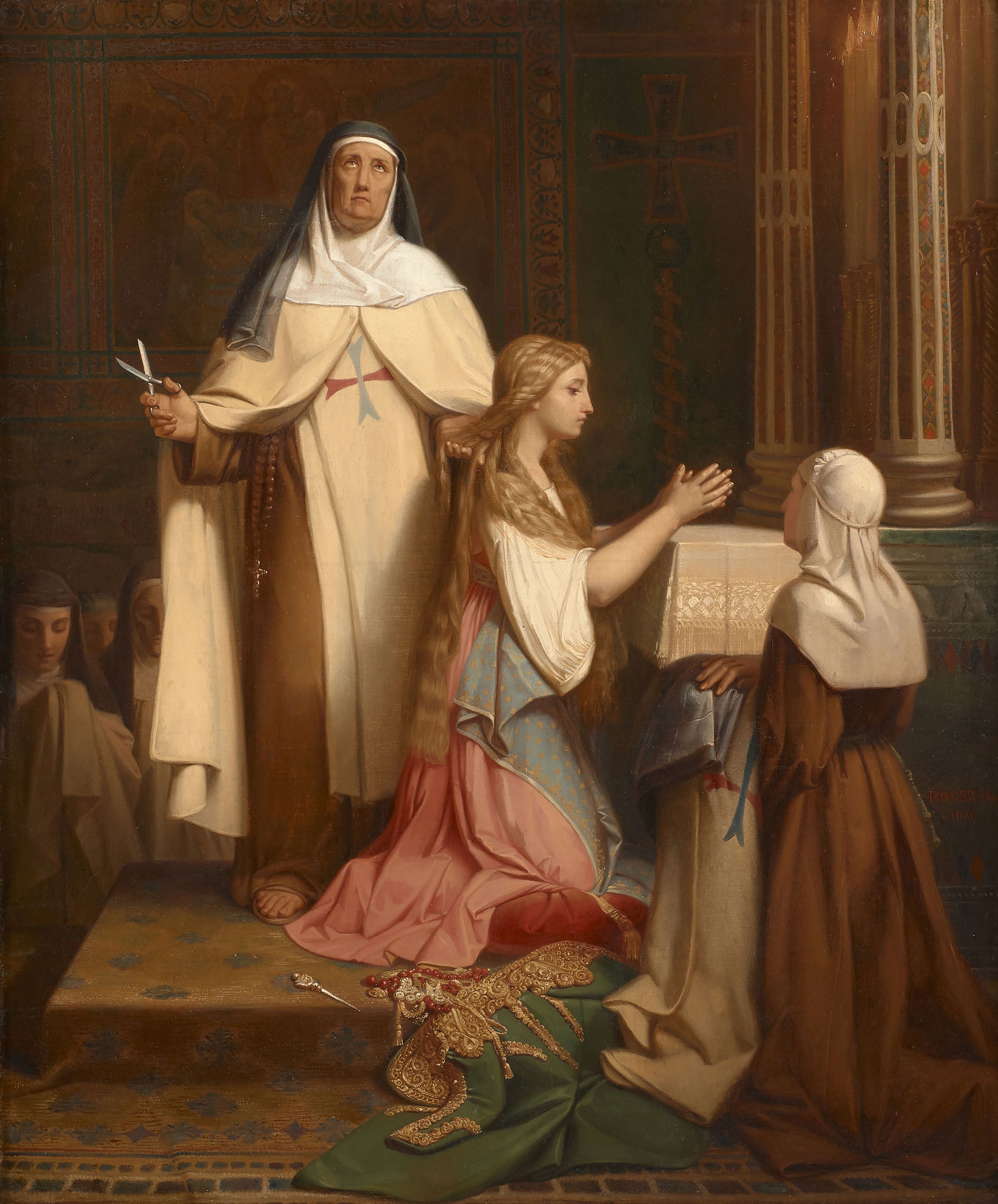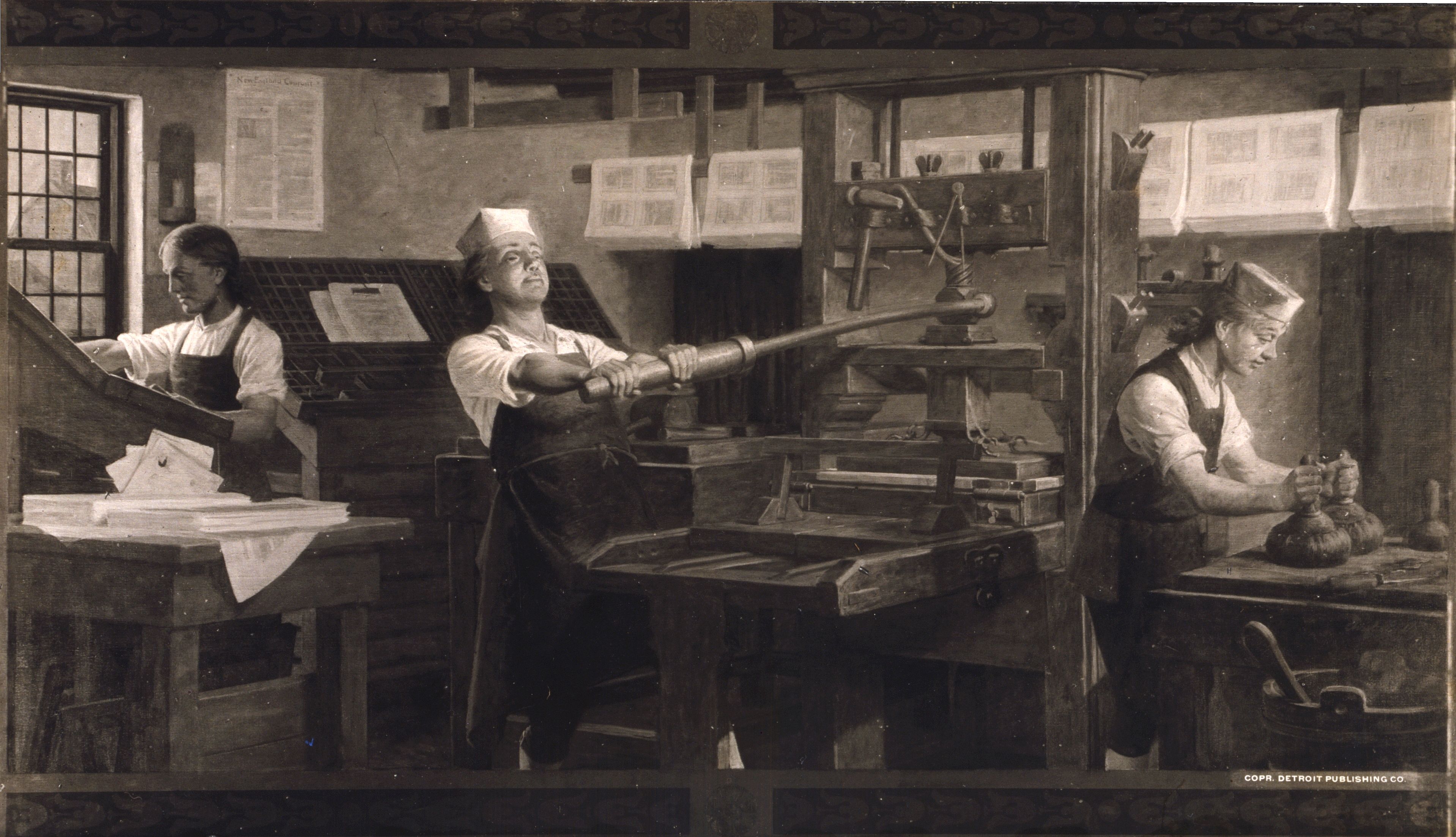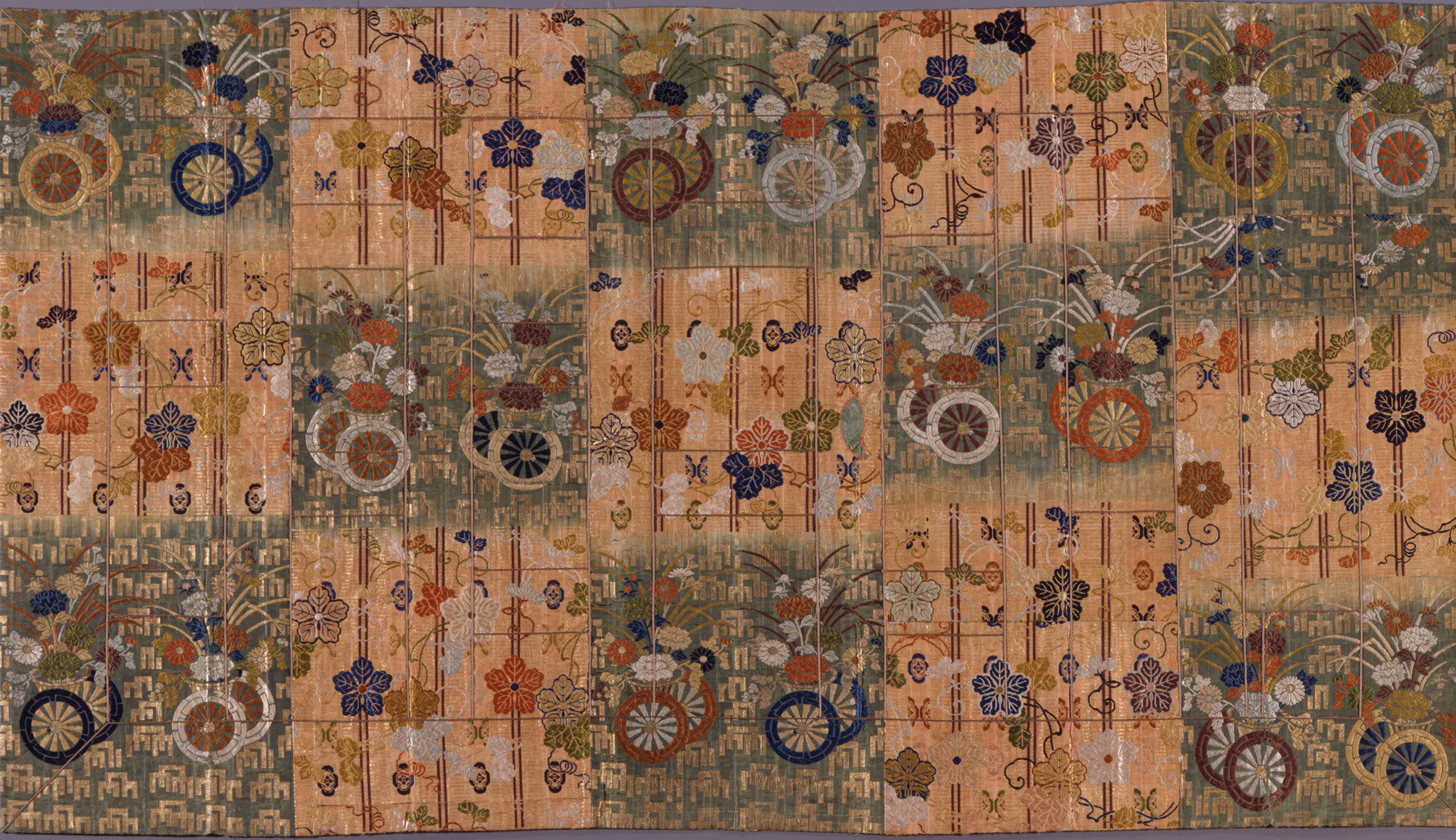|
William Jay Gaynor
William Jay Gaynor (February 2, 1849 – September 10, 1913) was an American politician from New York City, associated with the Tammany Hall political machine. He served as the 94th mayor of the City of New York from 1910 to 1913, and previously as a New York Supreme Court Justice from 1893 to 1909. As mayor he was noted as a reformer who broke ranks and refused to take orders from the Tammany boss Charles Francis Murphy. Early life Gaynor was born in Oriskany, New York, on February 2, 1849, baptized as William James. His parents were Keiron K. Gaynor, an Irish-born farmer and blacksmith and Elizabeth (Handwright) Gaynor. He grew up on a farm with seven siblings. As a boy, he developed an interest in wandering the countryside where they lived, exploring nature and trying to figure out why things were the way they were. He was a studious boy, a trait which his father encouraged. As he was on the clumsy side, when it came to farmwork, his brother Tom usually took on the heavier ... [...More Info...] [...Related Items...] OR: [Wikipedia] [Google] [Baidu] |
Mayors Of New York City
The mayor of New York City is the chief executive of the Government of New York City, as stipulated by New York City's charter. The current officeholder, the 110th in the sequence of regular mayors, is Eric Adams, a member of the Democratic Party. During the Dutch colonial period from 1624 to 1664, New Amsterdam was governed by the Director of New Netherland. Following the 1664 creation of the British Province of New York, newly renamed New York City was run by the British military governor, Richard Nicolls. The office of Mayor of New York City was established in 1665. Holders were appointed by colonial governors, beginning with Thomas Willett. The position remained appointed until 1777. That year, during the American Revolution, a Council of Appointment was formed by the State of New York. In 1821 the New York City Council – then known as the Common Council – began appointing mayors. Since 1834, mayors have been elected by direct popular vote. The city included little b ... [...More Info...] [...Related Items...] OR: [Wikipedia] [Google] [Baidu] |
Utica, New York
Utica () is the county seat of Oneida County, New York, United States. The tenth-most populous city in New York, its population was 65,283 in the 2020 census. It is located on the Mohawk River in the Mohawk Valley at the foot of the Adirondack Mountains, approximately west-northwest of Albany, east of Syracuse and northwest of New York City. Utica and the nearby city of Rome anchor the Utica–Rome metropolitan area comprising all of Oneida and Herkimer counties. Formerly a river settlement inhabited by the Mohawk Nation of the Iroquois Confederacy, Utica attracted European-American settlers from New England during and after the American Revolution. In the 19th century, immigrants strengthened its position as a layover city between Albany and Syracuse on the Erie and Chenango Canals and the New York Central Railroad. During the 19th and 20th centuries, the city's infrastructure contributed to its success as a manufacturing center and defined its role as ... [...More Info...] [...Related Items...] OR: [Wikipedia] [Google] [Baidu] |
Religious Vows
Religious vows are the public vows made by the members of religious communities pertaining to their conduct, practices, and views. In the Buddhist tradition, in particular within the Mahayana and Vajrayana traditions, many different kinds of religious vows are taken by the lay community as well as by the monastic community, as they progress along the path of their practice. In the monastic tradition of all schools of Buddhism, the Vinaya expounds the vows of the fully ordained Nuns and Monks. In the Christian tradition, such public vows are made by the religious cenobitic and eremitic of the Catholic Church, Lutheran Churches, Anglican Communion, and Eastern Orthodox Churches, whereby they confirm their public profession of the evangelical counsels of poverty, chastity, and obedience or Benedictine equivalent. The vows are regarded as the individual's free response to a call by God to follow Jesus Christ more closely under the action of the Holy Spirit in a particular form of ... [...More Info...] [...Related Items...] OR: [Wikipedia] [Google] [Baidu] |
Christianity
Christianity is an Abrahamic monotheistic religion, which states that Jesus in Christianity, Jesus is the Son of God (Christianity), Son of God and Resurrection of Jesus, rose from the dead after his Crucifixion of Jesus, crucifixion, whose coming as the Messiah#Christianity, messiah (Christ (title), Christ) was Old Testament messianic prophecies quoted in the New Testament, prophesied in the Old Testament and chronicled in the New Testament. It is the Major religious groups, world's largest and most widespread religion with over 2.3 billion followers, comprising around 28.8% of the world population. Its adherents, known as Christians, are estimated to make up a majority of the population in Christianity by country, 157 countries and territories. Christianity remains Christian culture, culturally diverse in its Western Christianity, Western and Eastern Christianity, Eastern branches, and doctrinally diverse concerning Justification (theology), justification and the natur ... [...More Info...] [...Related Items...] OR: [Wikipedia] [Google] [Baidu] |
Benjamin Franklin
Benjamin Franklin (April 17, 1790) was an American polymath: a writer, scientist, inventor, statesman, diplomat, printer, publisher and Political philosophy, political philosopher.#britannica, Encyclopædia Britannica, Wood, 2021 Among the most influential intellectuals of his time, Franklin was one of the Founding Fathers of the United States; a Committee of Five, drafter and signer of the United States Declaration of Independence, Declaration of Independence; and the first United States Postmaster General, postmaster general. Born in the Province of Massachusetts Bay, Franklin became a successful Early American publishers and printers, newspaper editor and printer in Philadelphia, the leading city in the colonies, publishing ''The Pennsylvania Gazette'' at age 23. He became wealthy publishing this and ''Poor Richard's Almanack'', which he wrote under the pseudonym "Richard Saunders". After 1767, he was associated with the ''Pennsylvania Chronicle'', a newspaper known for it ... [...More Info...] [...Related Items...] OR: [Wikipedia] [Google] [Baidu] |
The Autobiography Of Benjamin Franklin
''The Autobiography of Benjamin Franklin'' is the traditional name for the unfinished record of his own life written by Benjamin Franklin from 1771 to 1790; however, Franklin appears to have called the work his ''Memoirs''. Although it had a tortuous publication history after Franklin's death, this work has become one of the most famous and influential examples of an autobiography ever written. Franklin's account of his life is divided into four parts, reflecting the different periods during which he wrote them. There are actual breaks between the first three parts of the narrative, but Part Three's narrative continues into Part Four without an authorial break. The work ends with events in his life from the year 1758 when he was 52 (Franklin would die in 1790 at age 84). In the "Introduction" of the 1916 publication of the ''Autobiography'', editor F. W. Pine wrote that Franklin's biography provided the "most remarkable of all the remarkable histories of our self-made men" with ... [...More Info...] [...Related Items...] OR: [Wikipedia] [Google] [Baidu] |
Stoicism
Stoicism is a school of Hellenistic philosophy that flourished in ancient Greece and Rome. The Stoics believed that the universe operated according to reason, ''i.e.'' by a God which is immersed in nature itself. Of all the schools of ancient philosophy, Stoicism made the greatest claim to being utterly systematic. The Stoics provided a unified account of the world, constructed from ideals of logic, monistic physics, and naturalistic ethics. These three ideals constitute virtue which is necessary for 'living a well reasoned life', seeing as they are all parts of a logos, or philosophical discourse, which includes the mind's rational dialogue with itself. Stoicism was founded in the ancient Agora of Athens by Zeno of Citium around 300 BC, and flourished throughout the Greco-Roman world until the 3rd century AD, and among its adherents was Roman Emperor Marcus Aurelius. Along with Aristotelian term logic, the system of propositional logic developed by the Stoics was one of th ... [...More Info...] [...Related Items...] OR: [Wikipedia] [Google] [Baidu] |
Church Fathers
The Church Fathers, Early Church Fathers, Christian Fathers, or Fathers of the Church were ancient and influential Christian theologians and writers who established the intellectual and doctrinal foundations of Christianity. The historical period in which they worked became known as the Patristics, Patristic Era and spans approximately from the late 1st to mid-8th centuries, flourishing in particular during the 4th and 5th centuries, when Christianity was in the process of establishing itself as the State church of the Roman Empire, state church of the Roman Empire. For many denominations of Christianity, the writings of the Ante-Nicene Fathers, Nicene Fathers and Christianity in the 5th century#Post-Nicene Fathers, Post-Nicene Fathers are included in Sacred tradition, Sacred Tradition. As such, in traditional dogmatic theology, authors considered Church Fathers are treated as authoritative for the establishment of doctrine. The academic field of patristics, the study of the Chu ... [...More Info...] [...Related Items...] OR: [Wikipedia] [Google] [Baidu] |
Parish School
A parochial school is a private primary or secondary school affiliated with a religious organization, and whose curriculum includes general religious education in addition to secular subjects, such as science, mathematics and language arts. The word ''parochial'' comes from the same root as "parish", and parochial schools were originally the educational wing of the local parish church. Christian parochial schools are called "church schools" or "Christian schools." In addition to schools run by Christian organizations, there are also religious schools affiliated with Jewish, Muslim, and other groups; however, these are not usually called "parochial" because of the term's historical association with Christian parishes. United Kingdom In British education, parish schools from the established church of the relevant constituent country formed the basis of the state-funded education system, and many schools retain a church connection while essentially providing secular education in acc ... [...More Info...] [...Related Items...] OR: [Wikipedia] [Google] [Baidu] |
Religious Habit
A religious habit is a distinctive set of clothing worn by members of a religious order. Traditionally, some plain garb recognizable as a religious habit has also been worn by those leading the religious Hermit, eremitic and Anchorite, anchoritic life, although in their case without conformity to a particular uniform style. Uniformity and distinctiveness by order often evolved and changed over time. Interpretation of terms for clothes in religious rules could change over centuries. Furthermore, every time new communities gained importance in a cultural area the need for visual separation increased for new as well as old communities. Thus, modern habits are rooted in historic forms, but do not necessarily resemble them in cut, color, material, detail or use. In Christian monasticism, Christian monastic orders of the Catholic church, Catholic, Lutheranism, Lutheran and Anglicanism, Anglican Churches, the habit often consists of a tunic covered by a scapular and cowl, with a hood ... [...More Info...] [...Related Items...] OR: [Wikipedia] [Google] [Baidu] |
Novitiate
The novitiate, also called the noviciate, is the period of training and preparation that a Christian ''novice'' (or ''prospective'') monastic, apostolic, or member of a religious order undergoes prior to taking vows in order to discern whether they are called to vowed religious life. It often includes times of intense study, prayer, living in community, studying the vowed life, deepening one's relationship with God, and deepening one's self-awareness. In the Catholic Church, the canonical time of the novitiate is one year; in case of additional length, it must not be extended over two years. CIC, canon 648 In the Eastern Orthodox Church, the novitiate is officially set at three years before one may be tonsured a monk or nun, though this requirement may be waived. The novitiate is in any case a time both for the novice to get to know the community and the community to get to know the novice. The novice should aspire to deepening their relationship to God and discovering the comm ... [...More Info...] [...Related Items...] OR: [Wikipedia] [Google] [Baidu] |
Religious Congregation
A religious congregation is a type of Religious institute (Catholic), religious institute in the Catholic Church. They are legally distinguished from Religious order (Catholic), religious orders – the other major type of religious institute – in that members take simple vows, whereas members of religious orders take solemn vows. History Until the 16th century, the vows taken in any of the religious orders approved by the Holy See, Apostolic See were classified as solemn.Arthur Vermeersch, "Religious Life" in The Catholic Encyclopedia, Vol. 12. New York: Robert Appleton Company, 1911 . Accessed 18 July 2011. This was declared by Pope Boniface VIII (1235–1303). According to this criterion, the last religious order foun ... [...More Info...] [...Related Items...] OR: [Wikipedia] [Google] [Baidu] |









